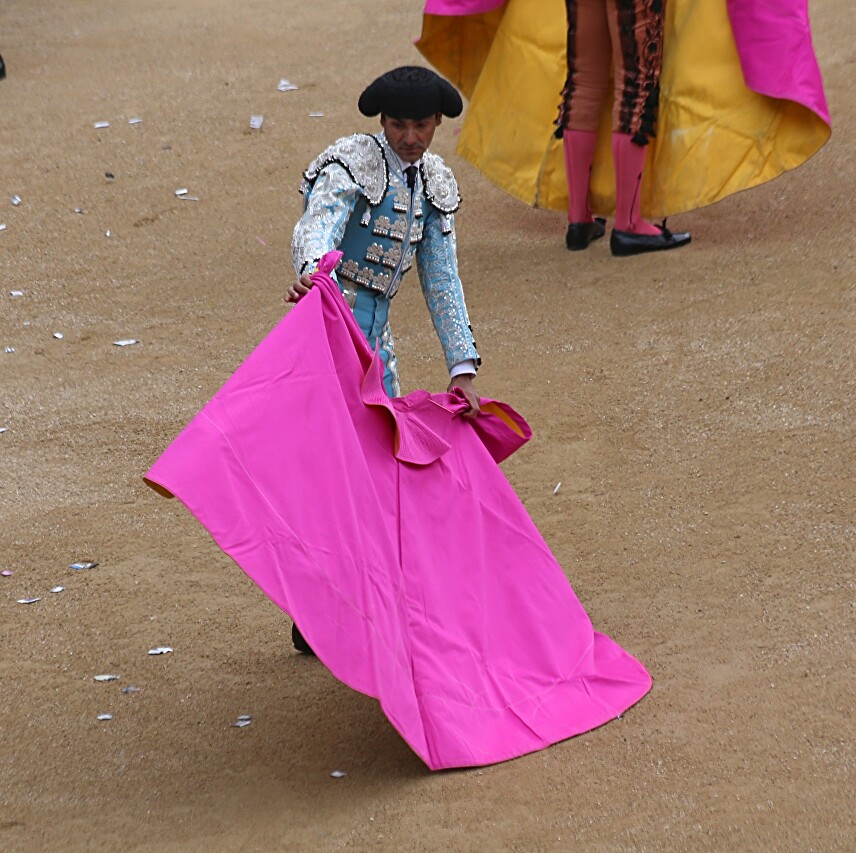Bullfighting at the Las Ventas Arena. Parade of Participants
While I was getting acquainted with the arena, the stands gradually filled with spectators. As you can see, the lower tiers of Tendido Bajo and Tendido Alto are mostly filled. These places offer the best view of the arena. The upper galleries are somewhat cheaper, but they also have their own advantage-they are protected from the sun and rain.
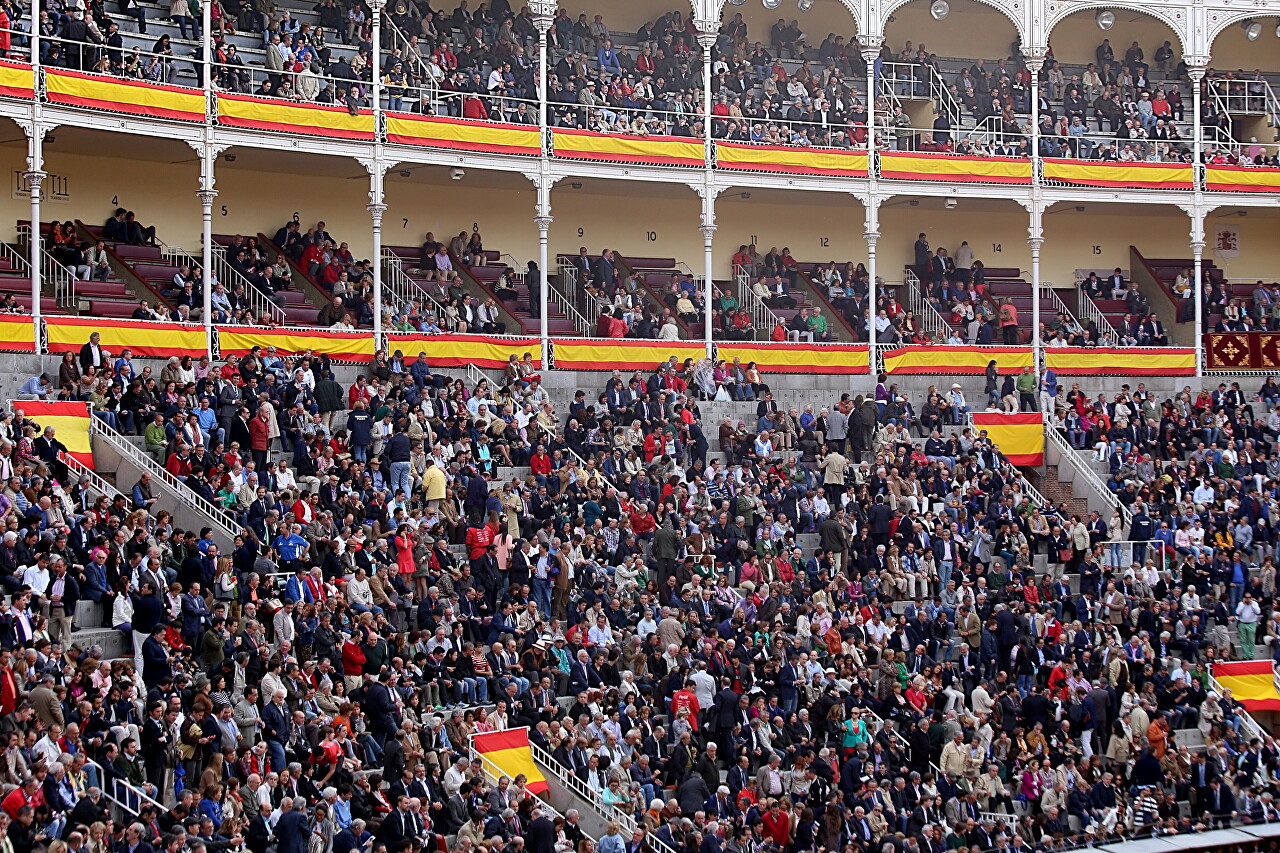
The event begins with a parade of participants (Paseíllo), which is traditionally opened by the representative of the city authorities - Presidente (chairman). He directs the conduct of fights and awards of participants. Bullfighting in Spain is a state business and is under the jurisdiction of the Ministry of the Interior. In general, this is correct, the event is associated with a danger to people's lives, and control of the relevant services is necessary here.
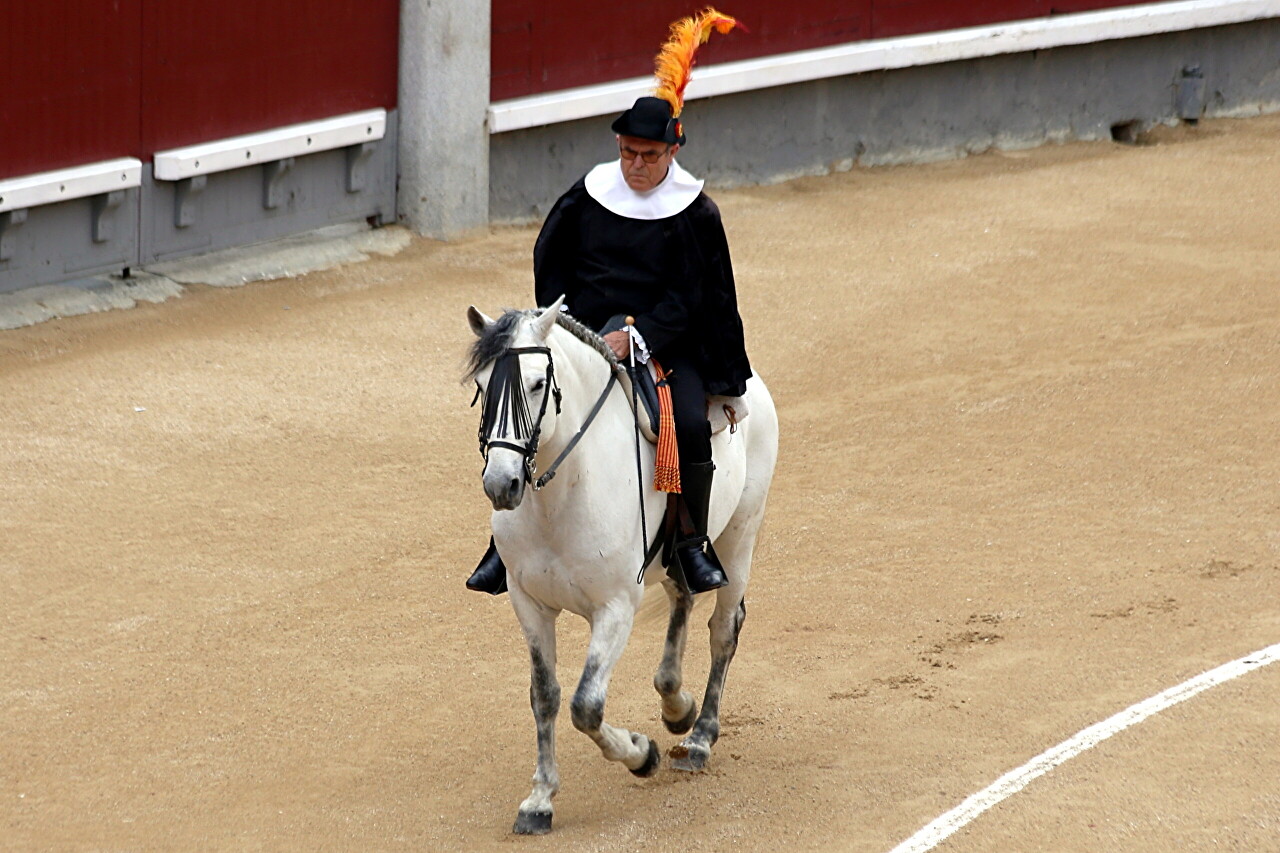
The first team to enter the arena is a team of matadors (literally translated from Spanish as "killer"), who will show their skills today.
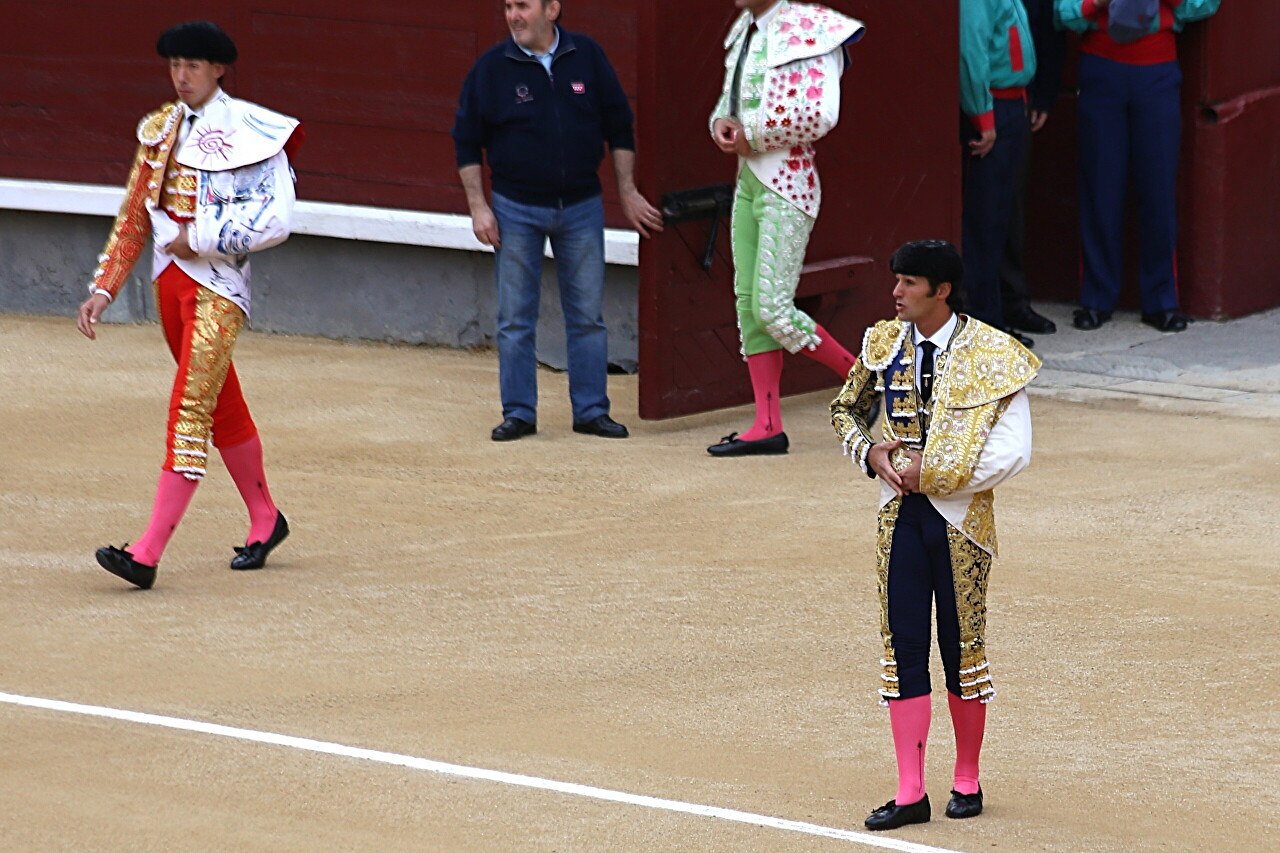
There are usually three matadors, with the most experienced one on the left and the youngest (neophyte) in the center.
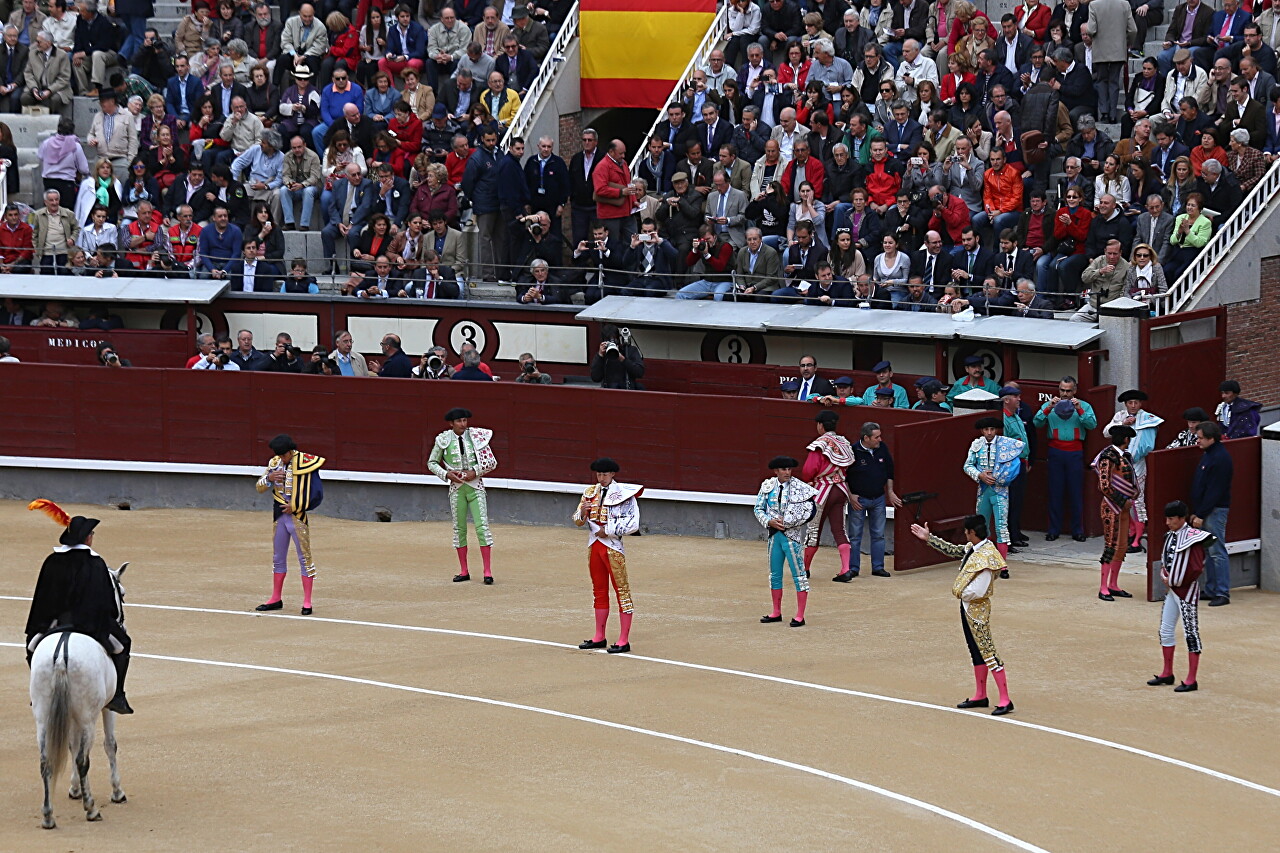
Behind them, three assistants of each matador line up in three rows.
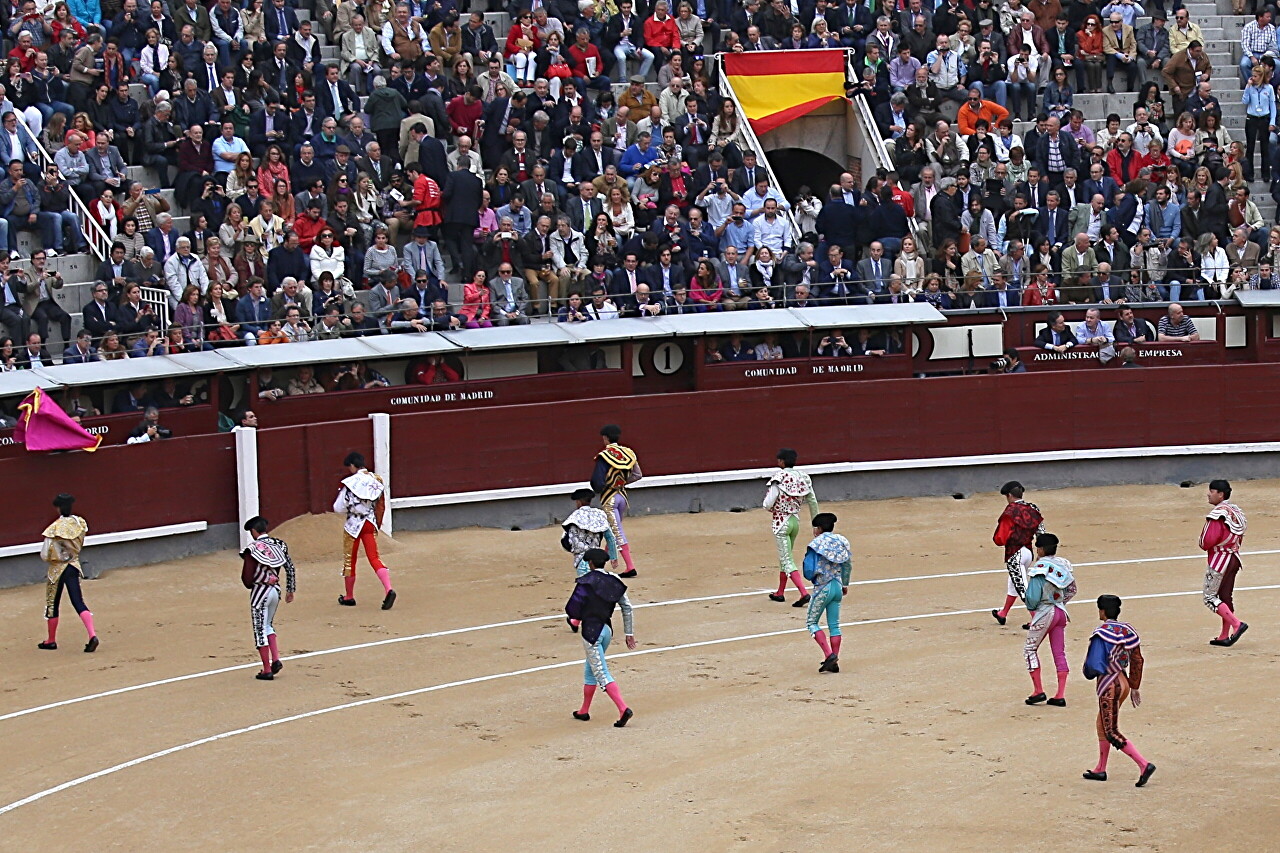
The matadors and their assistants are accompanied by two mounted Alguacilos, as well as representatives of the administration, whose function is to transmit the chairman's orders to other participants.
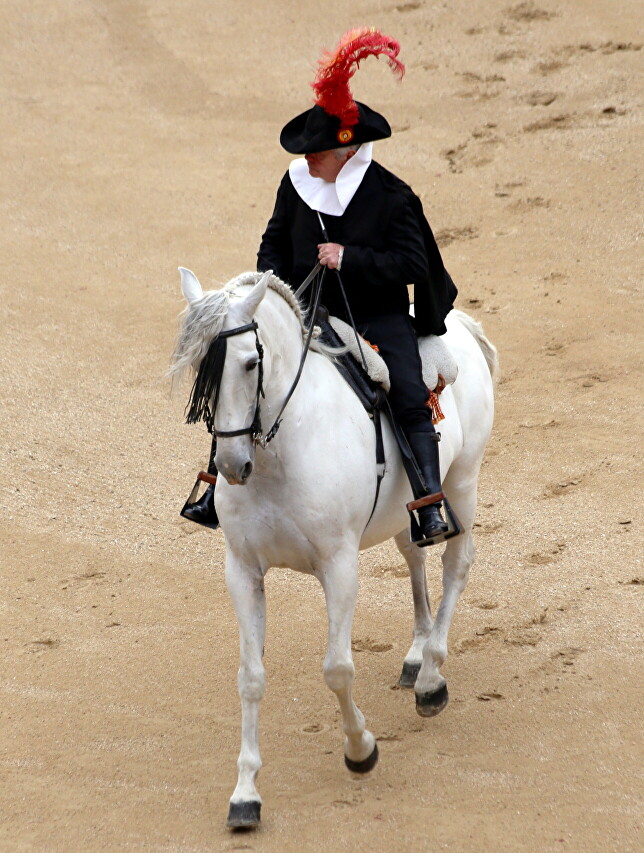
The procession continues with horse-drawn picadors. Their duty is to hit the bull in the back of the neck with a long pike. This weakens the neck muscles and reduces aggressiveness.
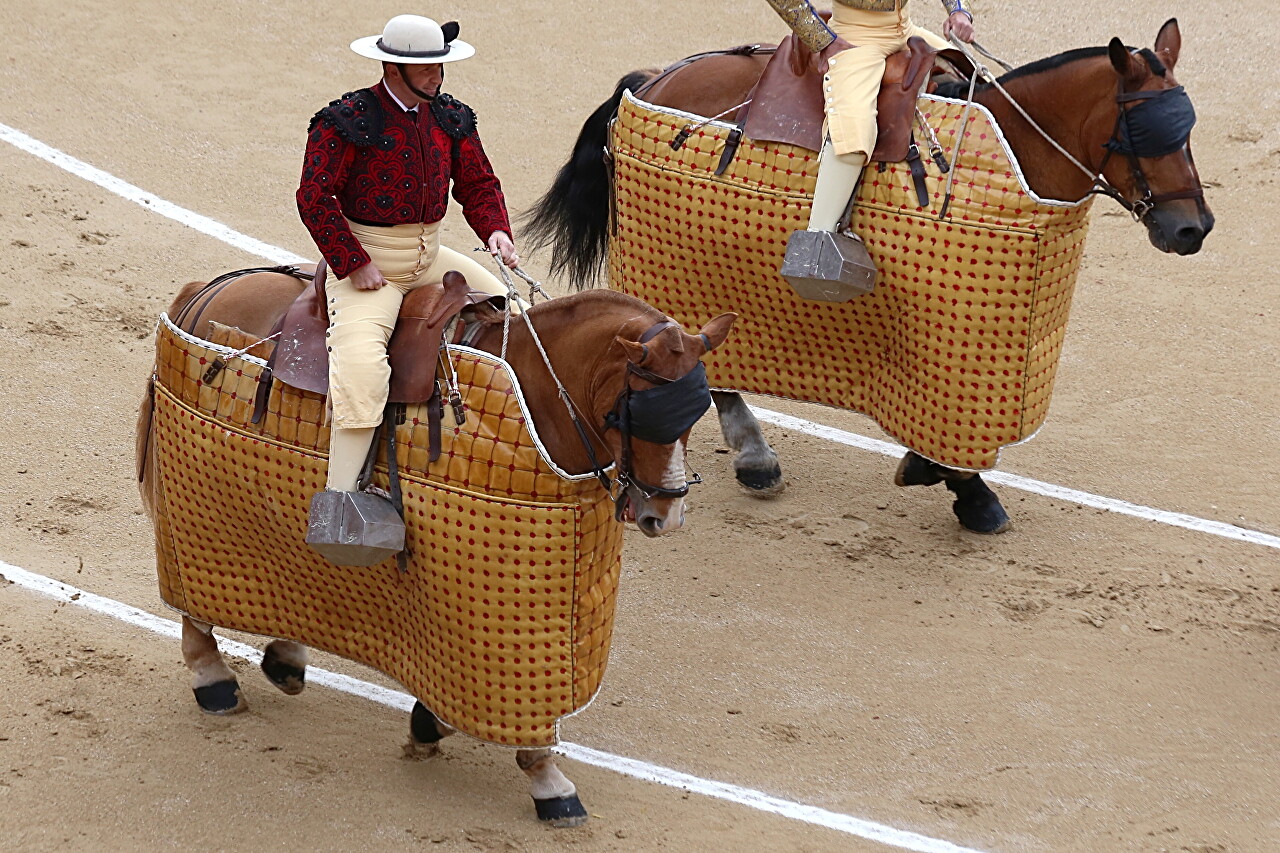
The picador's outfit includes a stiff beaver felt hat (Castoreño), a gold-embroidered jacket (Chaquetilla), and short suede trousers (Calzón). The lower part of the legs is protected by armor (Hierros). Horse protection (Peto), is a canvas mat stuffed with cotton wool.
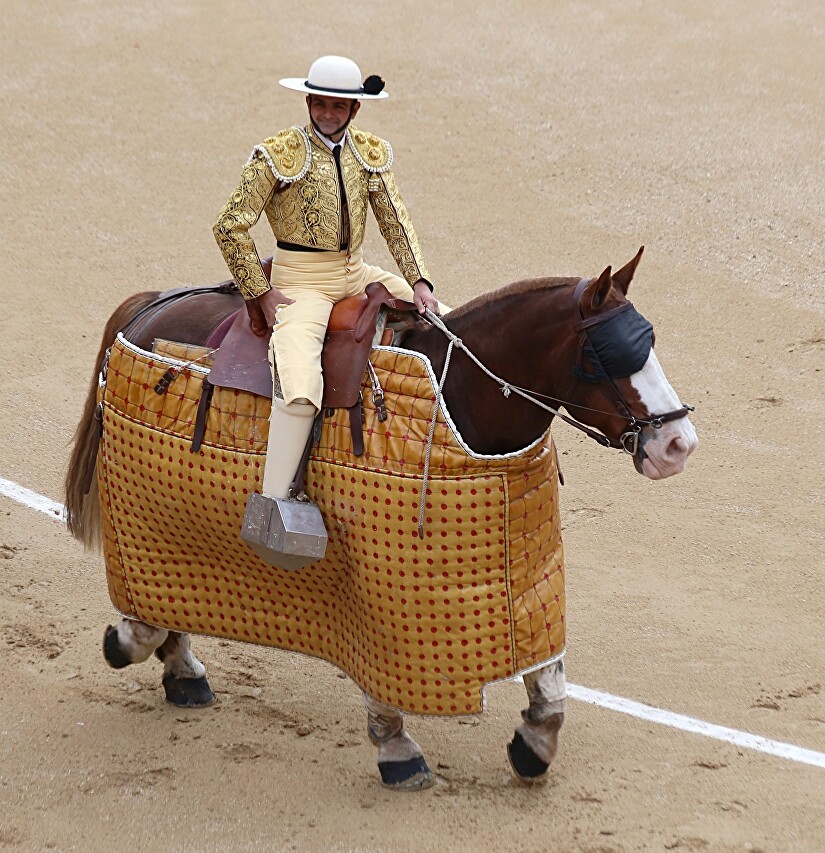
The Picadors are followed by their red-uniformed assistants, who distract the bull in case it knocks down the picador's horse.
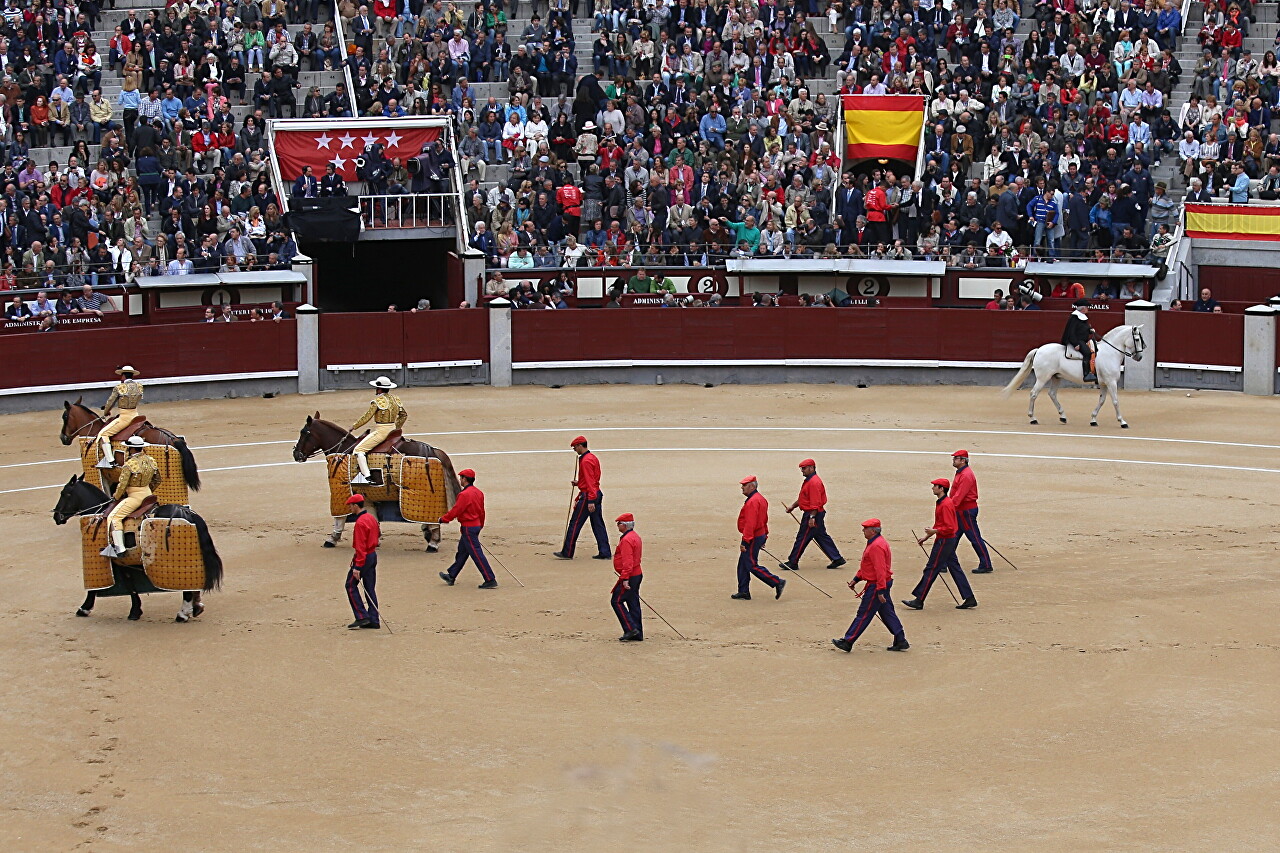
Then there is a group in green uniforms, these are arena workers, they clean up the site after each fight, leveling the sand and filling up puddles of blood.
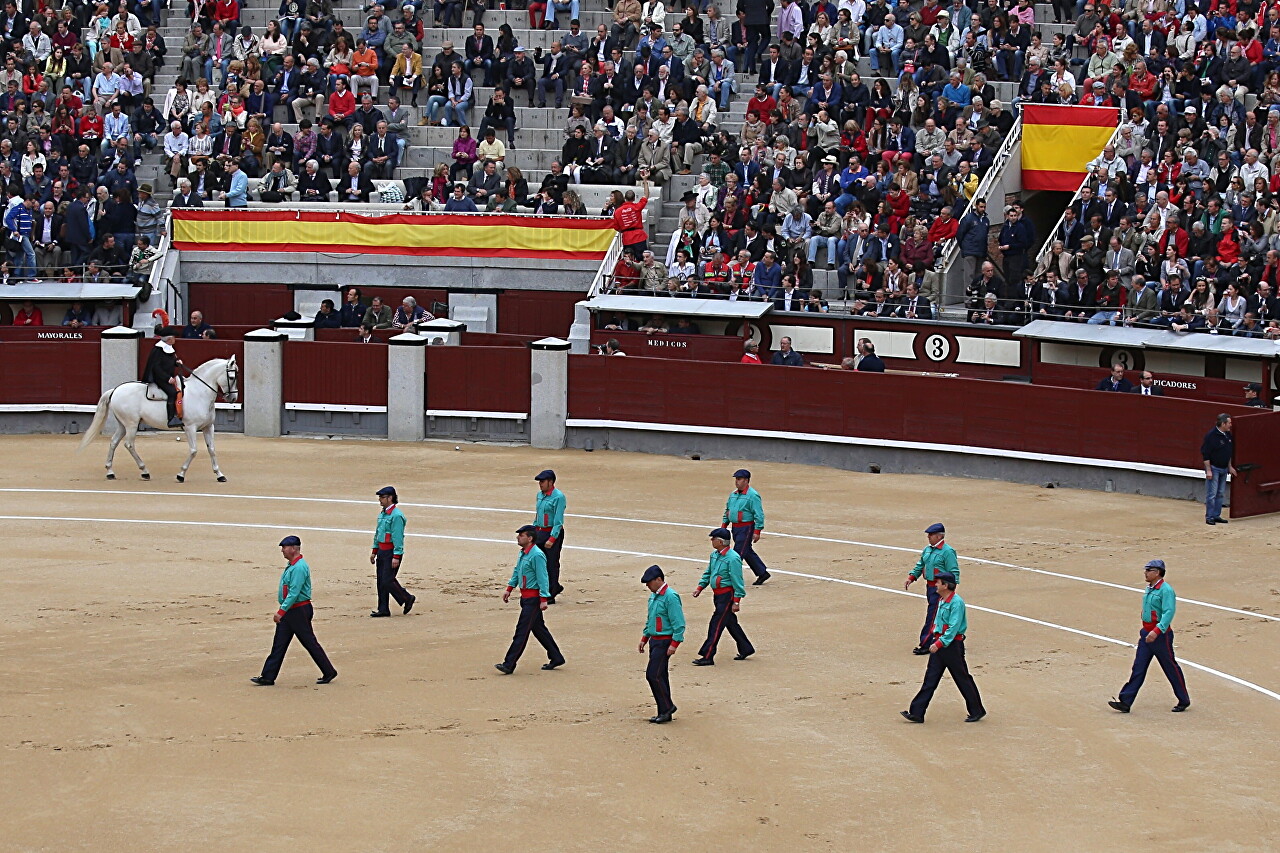
The parade is closed by Mulleros (muleteers) with a team of three mules, who drag the slaughtered animals out of the arena.

The parade ends with a small choreographic performance with raincoats. In order to tease the bull, the matador uses a hard heavy cloak (Capote), pink on the outside and yellow on the inside.
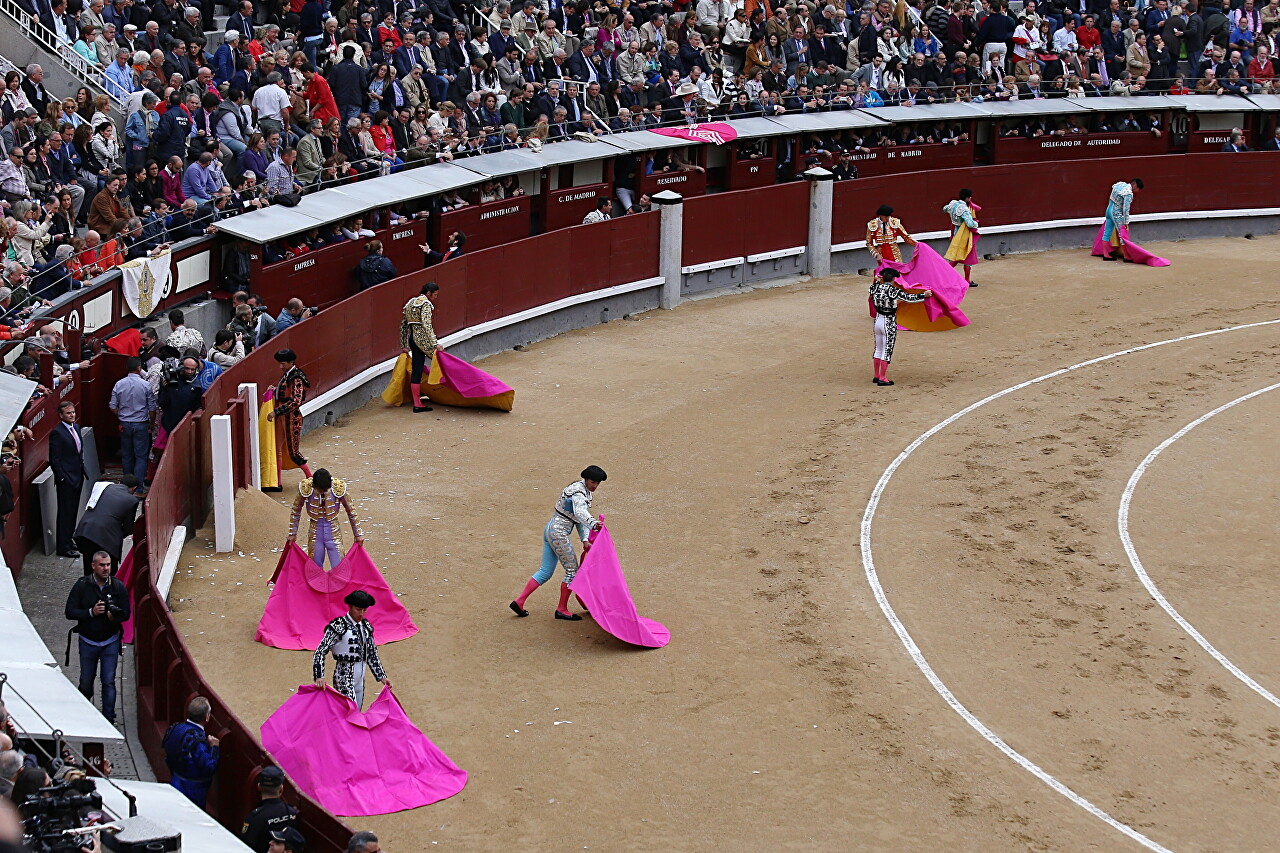
The matador costume is called Traje de Luces (literally "costume of lights"). Until the eighteenth century, the costume was made of suede, but then they began to sew from silk, decorated with gold and silver embroidery and sequins. The headdress (Montera) is made of velvet thread. A short rigid jacket that does not restrict movement (Chaquetilla) is decorated with tassels made of gold and silver. Under the jacket is a white shirt and tie. Tight knee-length trousers with suspenders (Taleguilla) are decorated with fringes and fixed at the bottom with tassels (machos). on the feet are dressed nolfs pink, less often white (Medias).
